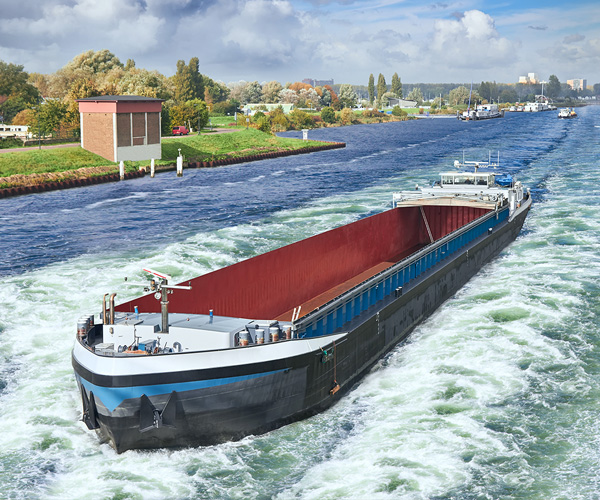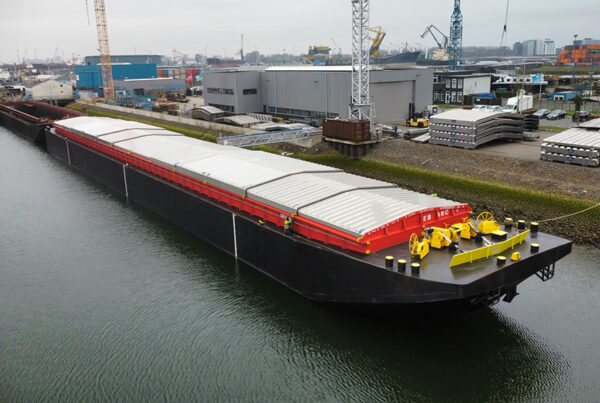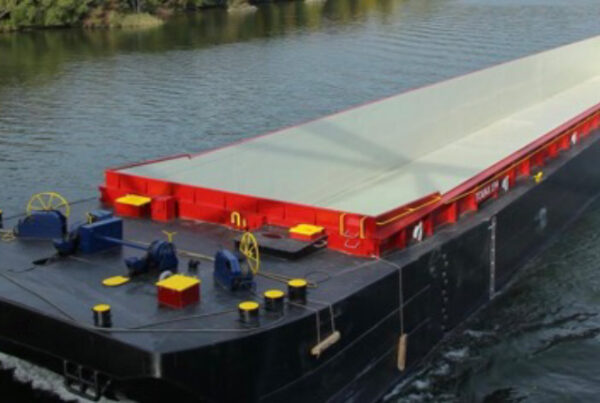
Alan McKinnon
Logistics Manager column November 2022
How much for my CO2?
A major talking point at this month’s COP27 conference in Egypt will undoubtedly be carbon pricing. At a global level, the World Bank estimates that a quarter of all CO2 emissions will soon be subject to carbon pricing or taxation. The time is fast approaching when policy-makers will be using the price mechanism to reinforce the decarbonisation of freight transport. The European Parliament has already approved the phase-in of emissions trading for shipping and commercial road vehicles from 2024.
Some logistics businesses are now preparing for a new era of monetised CO2 by ‘shadow pricing’ carbon into their financial accounting. They often ask what monetary value to attach to their CO2 emissions. A survey by CDP found that over 2000 businesses voluntarily pricing CO2 into their business plans used an average rate of $25 a tonne. Depending on the purpose of the exercise, the market and the time-scale, CO2 emissions could be worth anything from £2 to over £500 a tonne.
If the purpose is voluntary offsetting to make a freight delivery carbon neutral, you can buy a ‘tech based’ credit for £1.5-2.0 per tonne or a ‘nature-based’ one for an average £8. With the cost of carbon offsetting this low, it’s hardly surprising some companies see it as a cheap and easy alternative to geniunely decarbonising their logistics operations.
Through time the purchase of carbon credits will become mandatory and their cost inevitably rise. In the world’s largest ‘compliance market’, the European Emissions Trading Scheme (ETS), a tonne of CO2 is currently valued at €66, up from €4 in 2017 but below its peak of €100 in September this year. Currently the only transport sector subject to the EU carbon ‘cap and trade’ system is aviation, soon to be joined by shipping and road haulage, despite significant opposition.
In May, the Japanese government proposed a global tax on CO2 emissions from shipping of $56 per tonne in 2025 rising to $135 in 2030 and a staggering $637 in 2040. As a tax, this ‘market-based measure’ would avoid the volatility of carbon emission trading and generate around $50 billion annually to support the maritime transition to low-carbon energy.
Trucking is already a heavily-taxed sector, particularly in the UK. If the 53p per litre diesel fuel duty paid by UK hauliers were converted to a carbon price it would value CO2 at £211 per tonne, though it is also intended to cover other environmental and infrastructural costs. This, nevertheless, raises the thorny issue of how future carbon prices will relate to existing taxes and charges in the logistics sector.
The crucial question is how high the carbon price would have to be to meet our climate change targets. A 2017 study suggested $50-100 a tonne. Today, with stricter targets, high inflation and less time to avert climate breakdown, this figure would be much higher, though perhaps not reaching the $1000 a tonne that’s been used in the stress-testing of 2050 climate risk in the financial sector.


